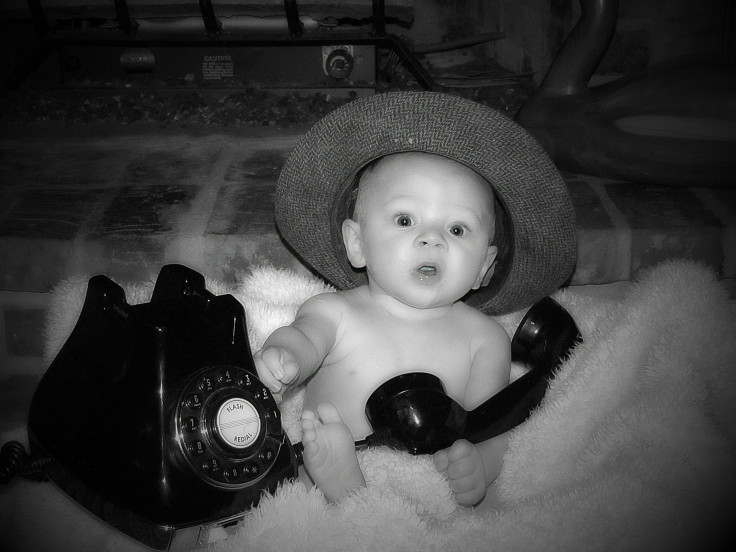Best Ways To Communicate With A Baby, From Baby Talk To Body Language

Goo goo gaga is not a bad thing.
There are many ways to communicate with a baby; everyone has their own style, but certain techniques can help a baby’s development. It’s not just about what a parent says to an infant, but also the way it sounds and how often the communication takes place.
Baby Talk
Experts have debated whether it’s better to use baby talk on a baby or to speak to it like an adult, but Australian speech and language expert Denis Burnham says baby talk’s “characteristic structure, rhythm and use of emotion” helps language development.
“Compared with adult-directed speech, infant-directed speech has more emotion, irrespective of the actual words used,” he writes in The Conversation. “It has a higher pitch and more up-and-down patterns, which attract infants’ attention. It also has more hyper-articulated vowels and consonants, which exaggerate the differences between sounds.”
As a bonus, babies everywhere agree baby talk is good stuff. Burnham uses the example of the movie “Look Who’s Talking,” in which John Travolta’s character uses a sing-song voice to read stock market listings to an incandescently happy baby.
Frequency And Volume
Research shows that when it comes to talking to a baby, the more words, the merrier. One famous study found that children from the wealthiest families hear 30 million more words than children from the poorest families by the time they turn 3 years old. That makes a difference in language development, which is related to general success in school and reading skills.
To close the gap, the National Association for the Education of Young Children suggests a number of ways to keep kids up to speed, including reading to them, using “new and interesting words” in context, encouraging them to talk with their peers, singing with them and reciting poetry and rhymes.
Body Language And Visual Cues
The National Association for the Education of Young Children also says using gestures and facial expressions can help kids understand new words. “For example, when introducing the word joyful, you might smile and wave your arms about to convey what it means.” Research shows that visual cues help young children digest new vocabulary, and boosts their ability to understand context clues.
Babies are able to pick up what may seem like subtle cues. A University of British Columbia study found that 4- and 6-month-old infants can tell the difference between languages from visual hints alone, such as the shape of the speaker’s mouth.
Eye Contact
Another silent boost to a baby’s development is eye contact. One study published earlier this year in Current Biology showed that eye contact between a parent and a baby improved the latter’s attention span.

“Child’s attention span at the early age is predictive of later developmental outcomes, such as language learning and problem solving,” study co-author Chen Yu previously told Medical Daily.
Another benefit of a parent looking into the eyes of their baby is seeing if the baby looks back — a lack of eye contact or decreasing eye contact on the part of the baby is thought to be an early sign of autism, according to advocacy group Autism Speaks.
Sources: Weikum WM, Vouloumanos A, Navarra J, Soto-Faraco S, Sebastian-Galles N, Werker JF. Visual Language Discrimination in Infancy. Science. 2007.
Yu Chen and Smith LB. The Social Origins of Sustained Attention in One-Year-Old Human Infants. Current Biology. 2016.



























